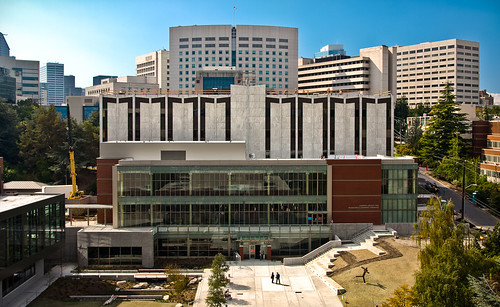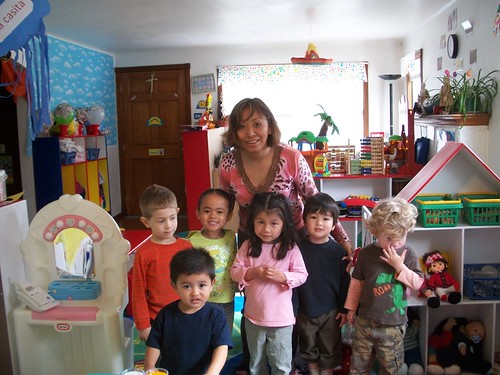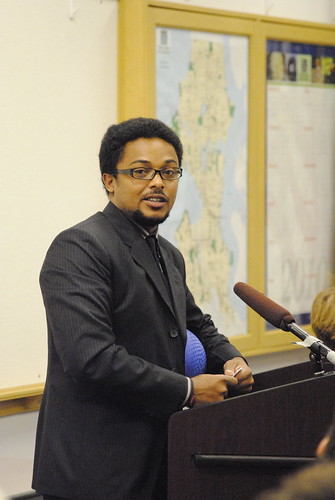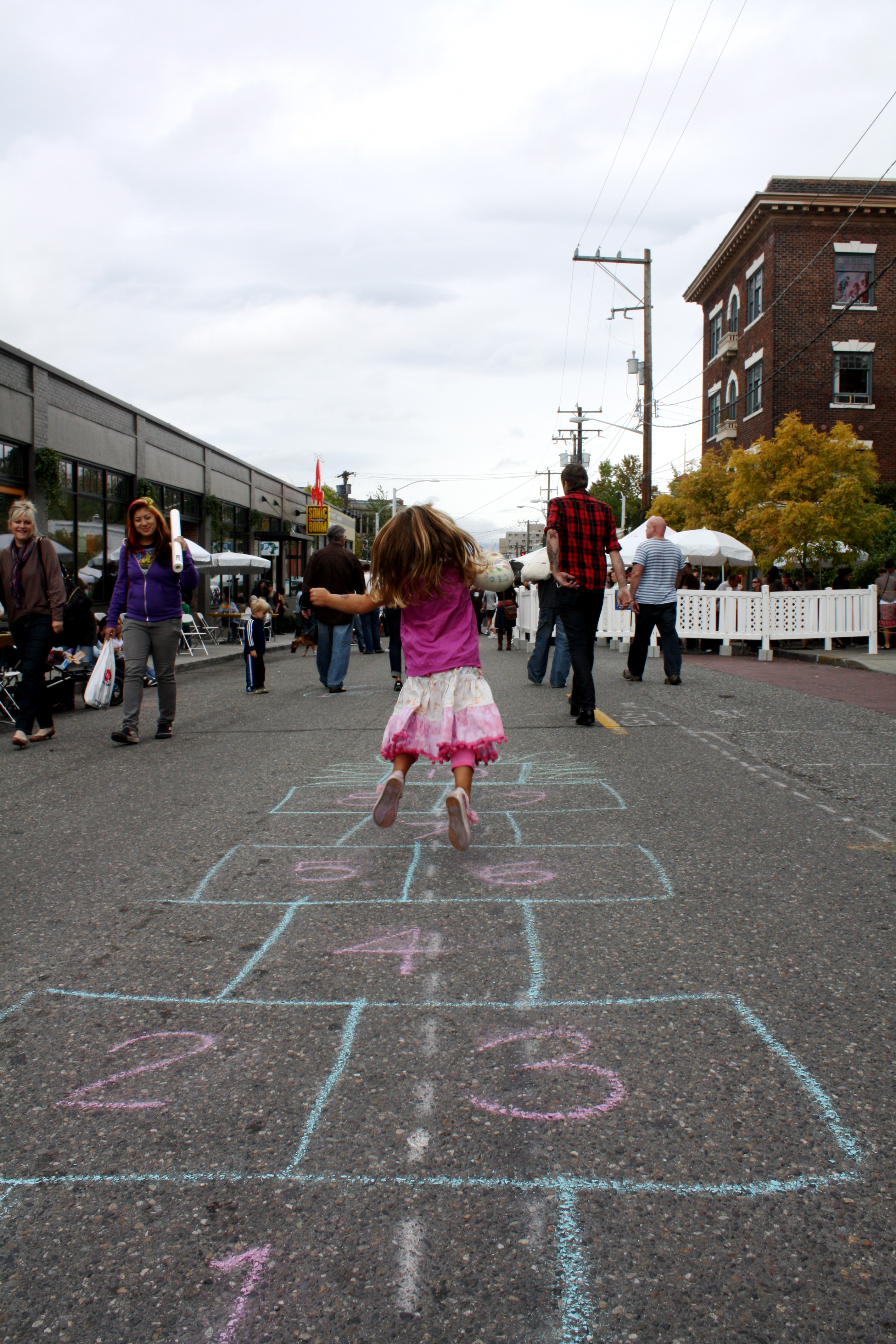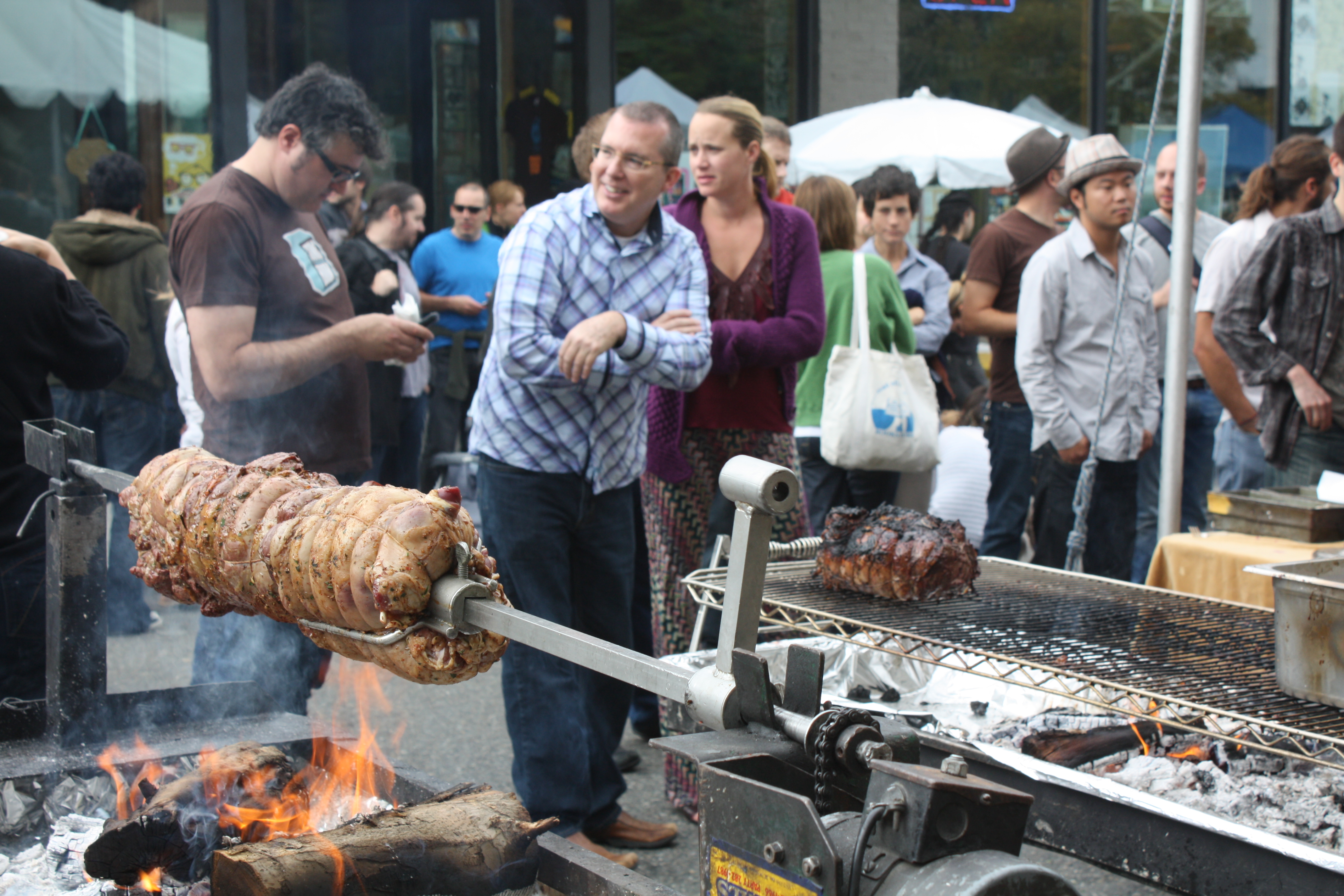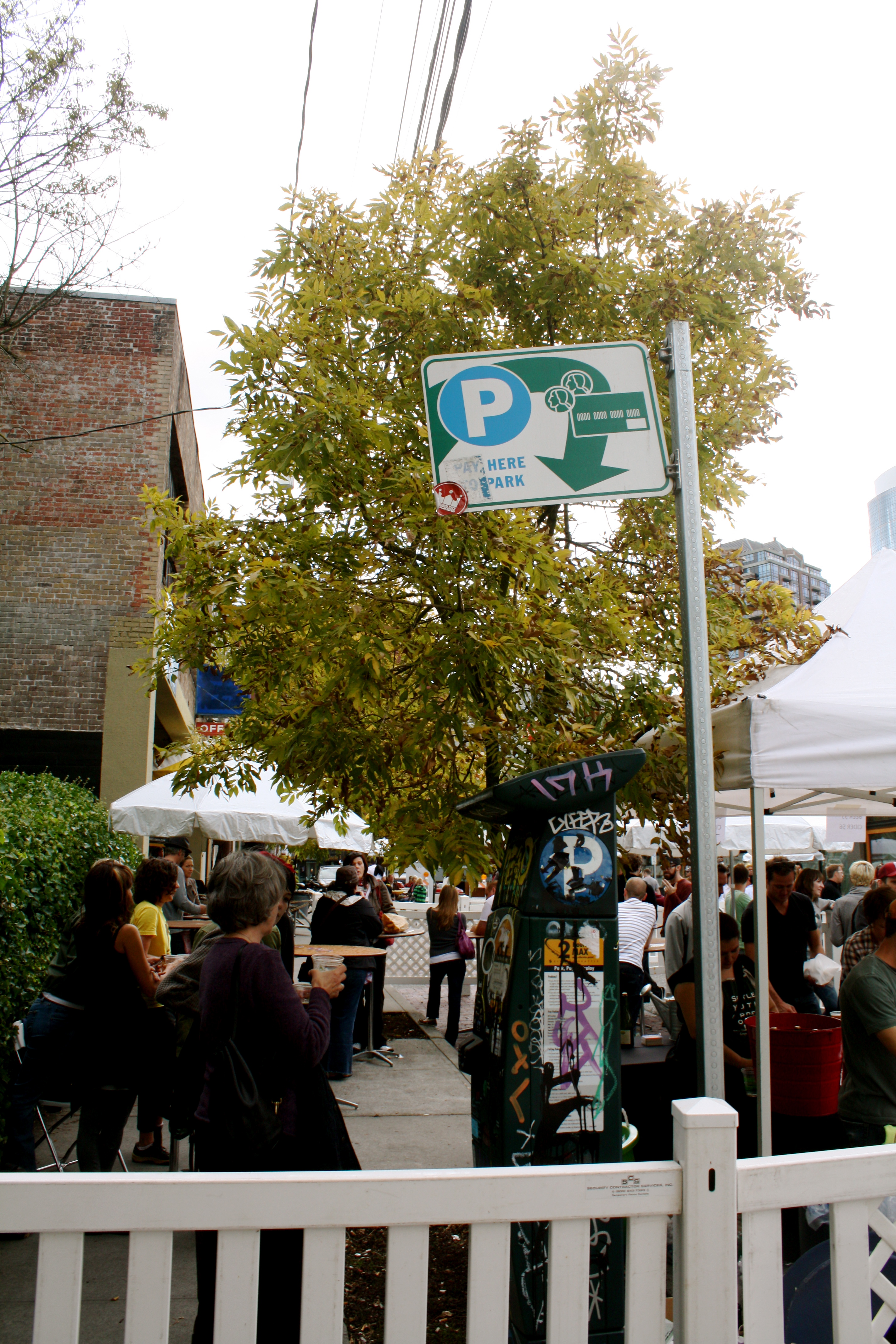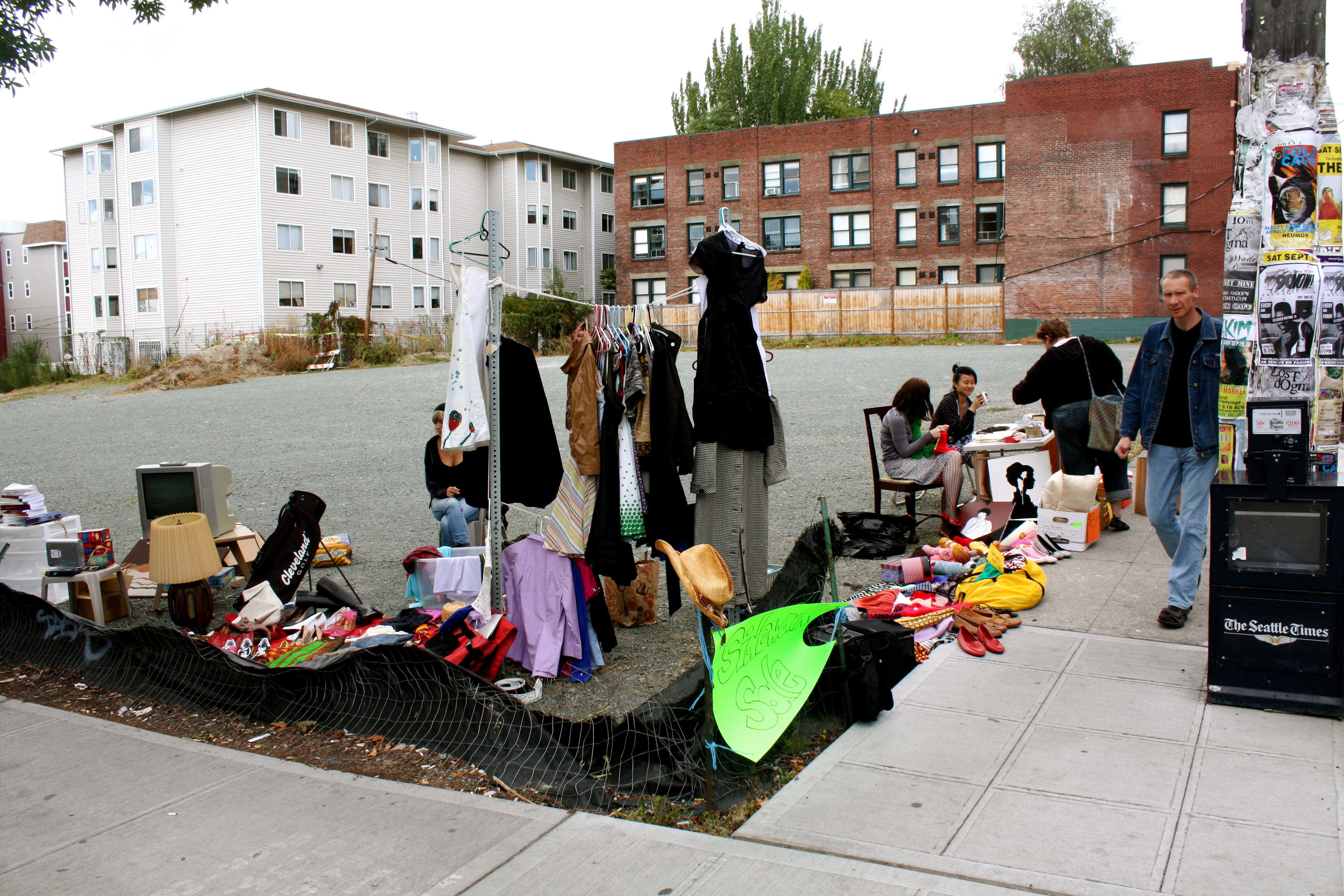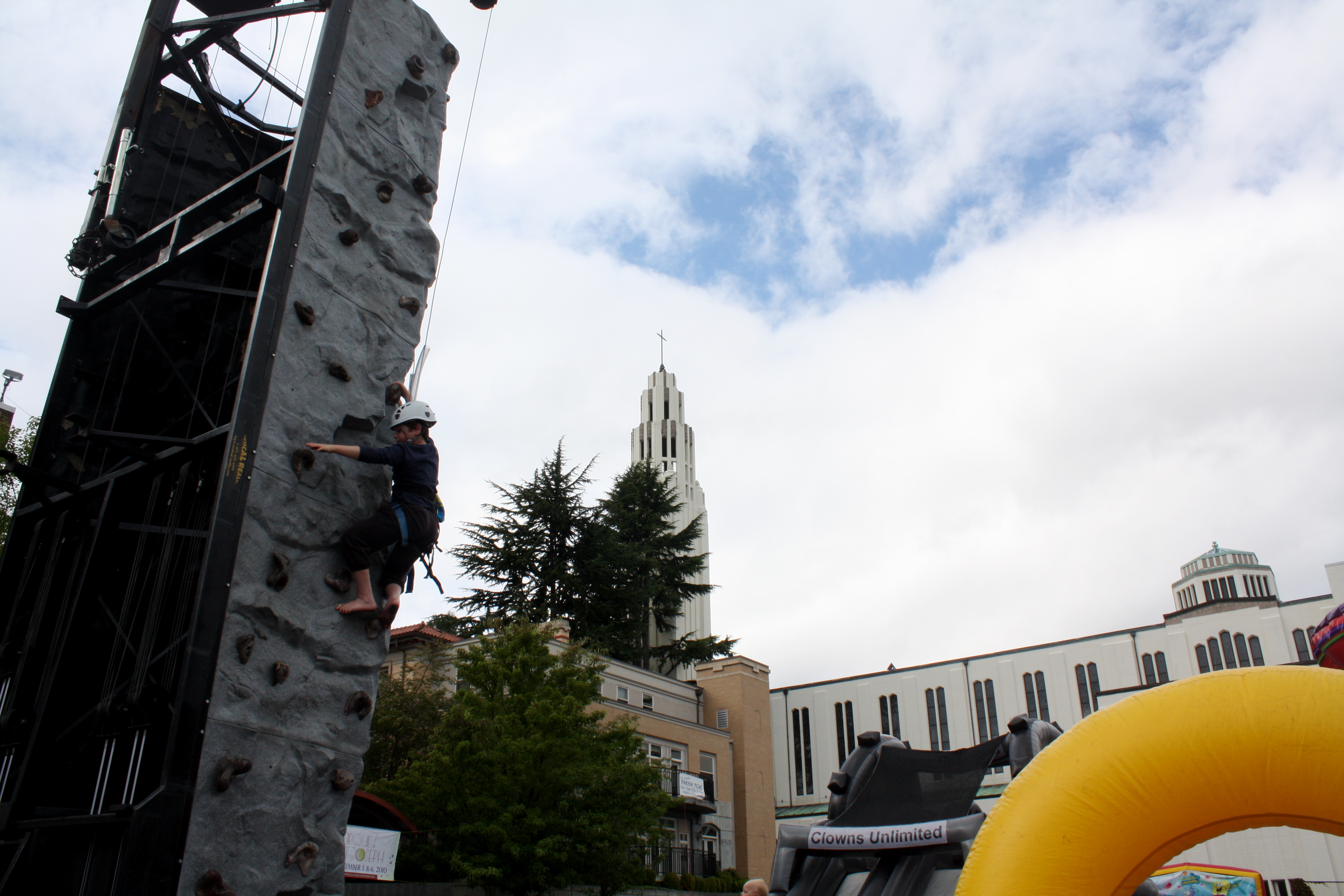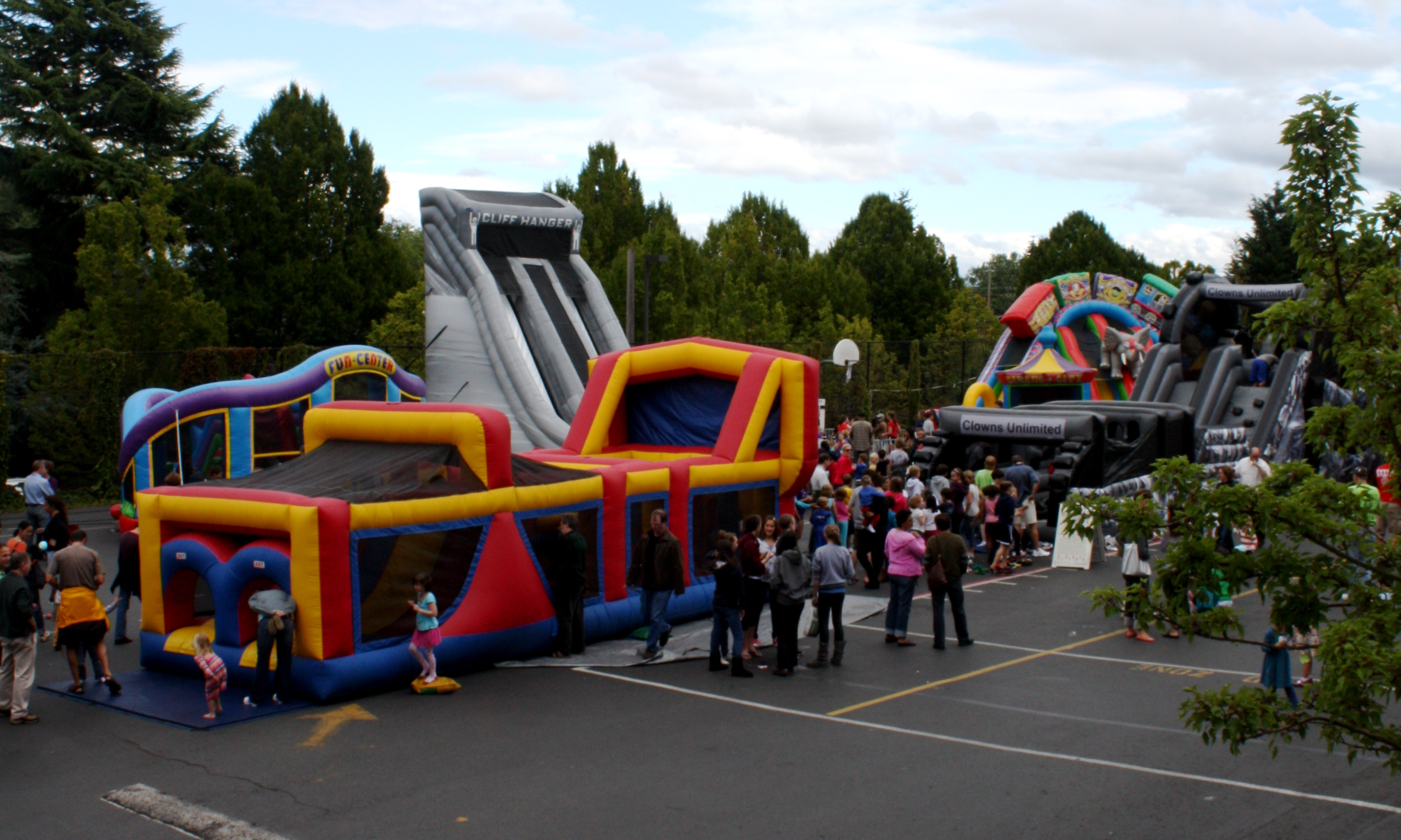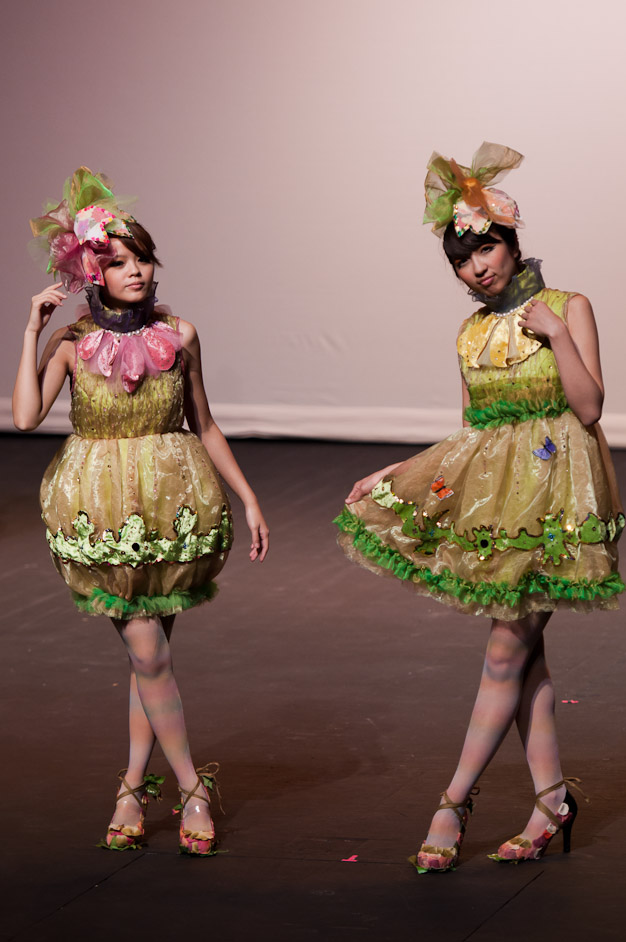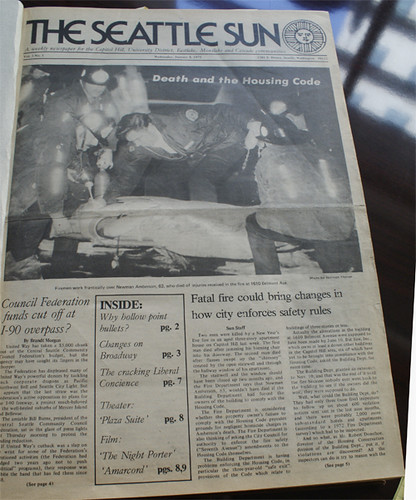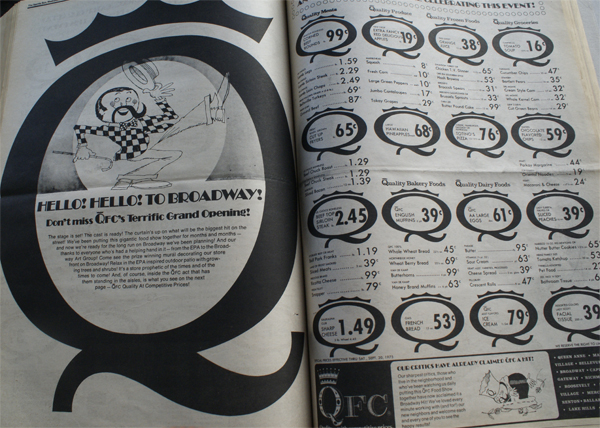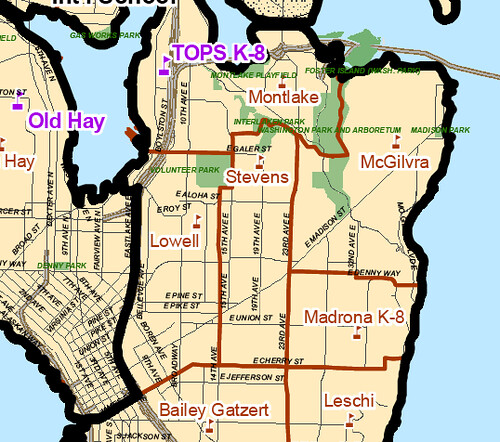The Seattle Times recently paid a visit to the Seattle University campus to write up our new $55 million library. More on that below. While you can’t check out a book at the Lemieux Library, there are a few features mentioned in the Times article (and not mentioned) that Capitol Hill, Central District and First Hill neighbors might like to know about. The advantages Seattle U has to offer to community members are not limited to the campus green, a popular dog run in the evenings.
September 13, the renovated Lemieux Library (or, “New-mieux” in campus slang) and Mcgoldrick Learning commons opened for business. And while it truly is a great study space, it is also a social space, as was noted by the Times. Non-students cannot check out books but the Byte cafe on the second floor offers a wide selection of tea, coffee and treats as well as a nice view of campus and the Hill. Here’s more from the Times article:
Seattle University’s new library creates casual, social place to study
Photo: John Lok/SEATTLE TIMES with permission
By Katherine Long
Seattle Times higher education reporterSeattle University senior Kevin Eggers has already found his favorite study spot in the school’s new $55 million Lemieux Library and McGoldrick Learning Commons, a six-story building of glass and brick in the heart of the First Hill area campus.
Eggers likes a table just outside the library’s Byte Cafe, in a lobby space that’s open 24 hours a day and overlooks the school’s plaza. “I like to grab a little space by the window,” said Eggers, a philosophy/political-science major and student- body president.
For years now, college students have gravitated to “third places” in their communities — often, a coffee shop where they can spread out their books, fire up their laptops and study with friends while keeping tabs on e-mail and texts.
Now, academic libraries are trying to lure them back with spaces that are casual, collaborative, chock full of technology and — yes — where it’s OK to eat, drink and be noisy.
Beyond New-mieux, the Lee Center for the Arts offers plays and art exhibitions that are open to the public and, while the majority of productions are performed and produced by Seattle U students and faculty, artists from the wider Seattle community occasionally grace the stage and certainly the gallery walls. “Reckless,” a comedic play about a woman on the run from her husband’s hit-man will be performed from Nov. 8-21 at the Lee Center and is directed by Braden Abraham of the Seattle Repertory Theatre.
The Vachon gallery in the Fine Arts building is also open to the public during business hours and features student work and the work of established artists throughout the year. “Paradoxes of Living on Holy Land: Photographs from Jerusalem and the West Bank” by Rajiv Kapoor is on display in the Vachon and Kinsey galleries until Dec. 3.
And, of course, free copies of The Spectator can be found at many of these location.
CHS Summer 2010 intern Frances E. Dinger is beginning her first of two years as a editor in chief of Seattle University’s The Spectator student-run newspaper. CHS and The Spectator are collaborative partners. A portion of revenue generated from the work goes to support area nonprofits.
